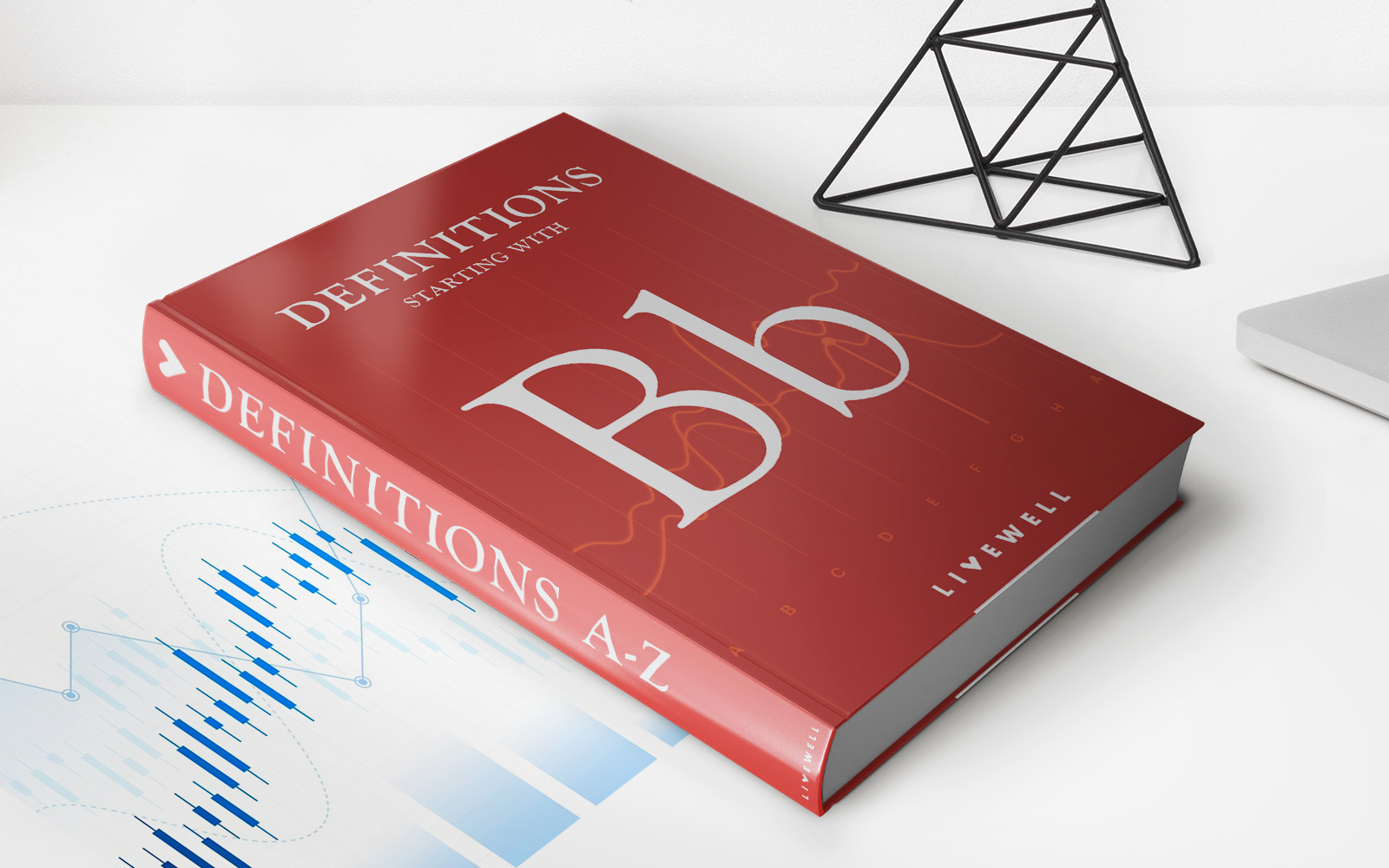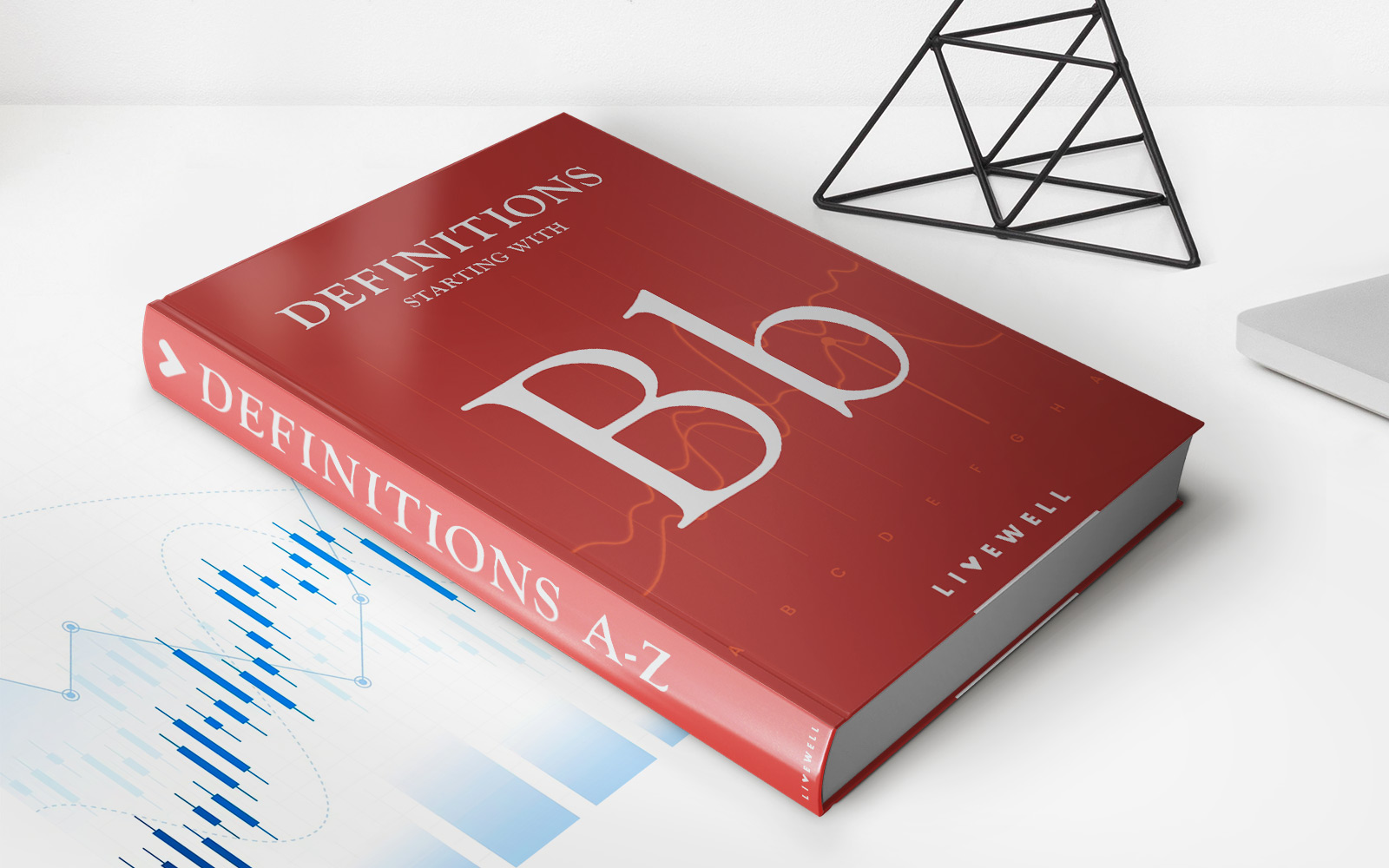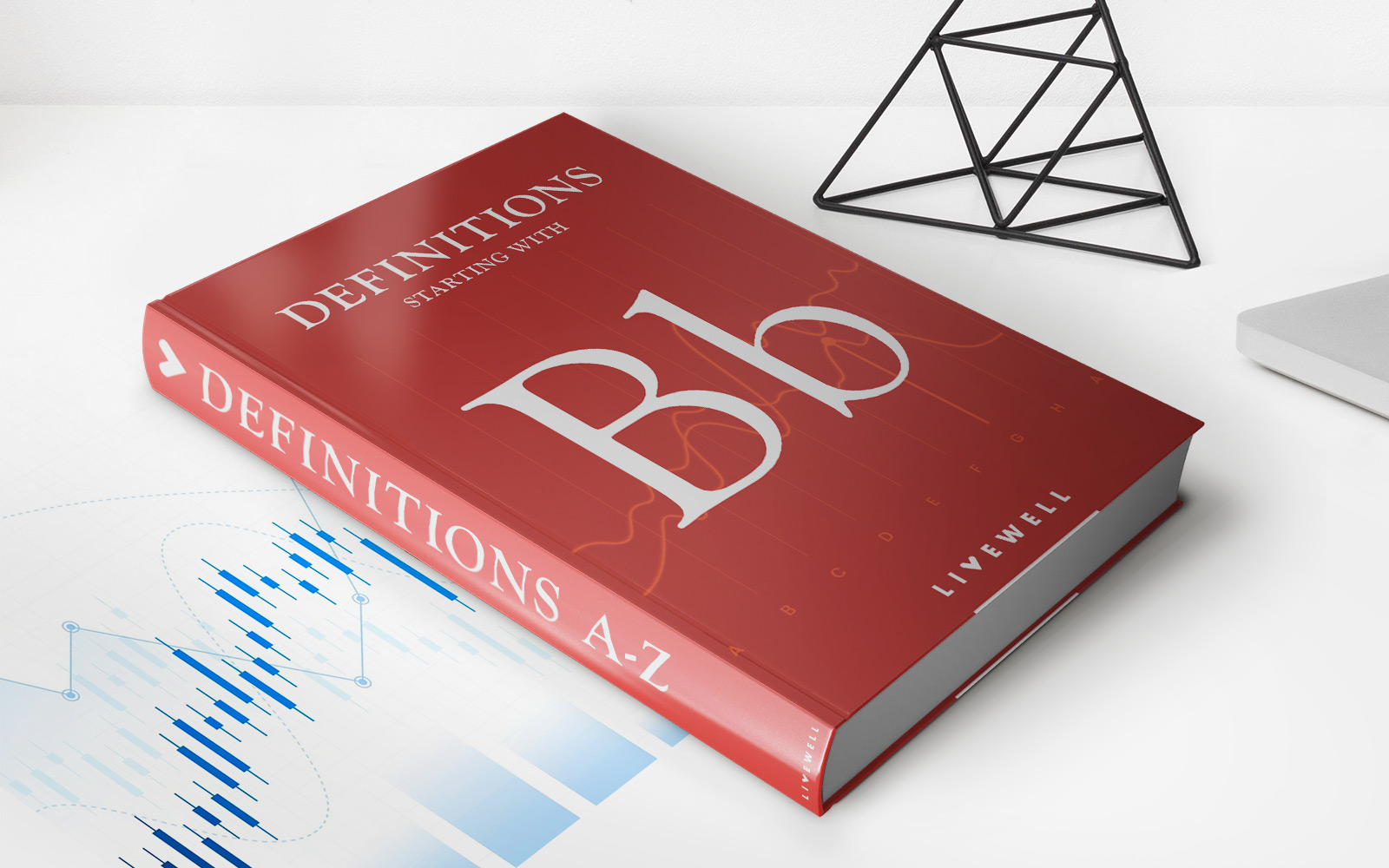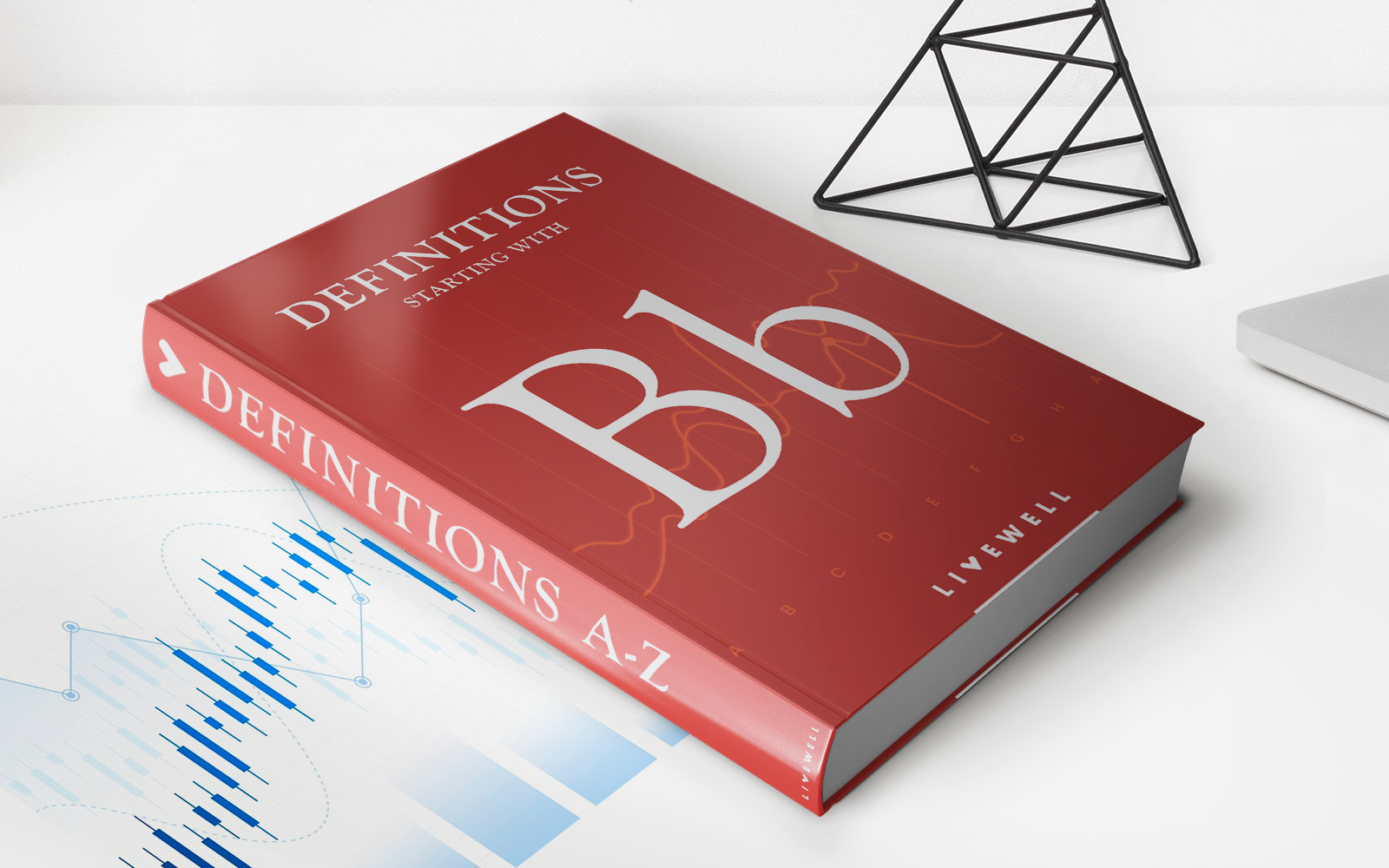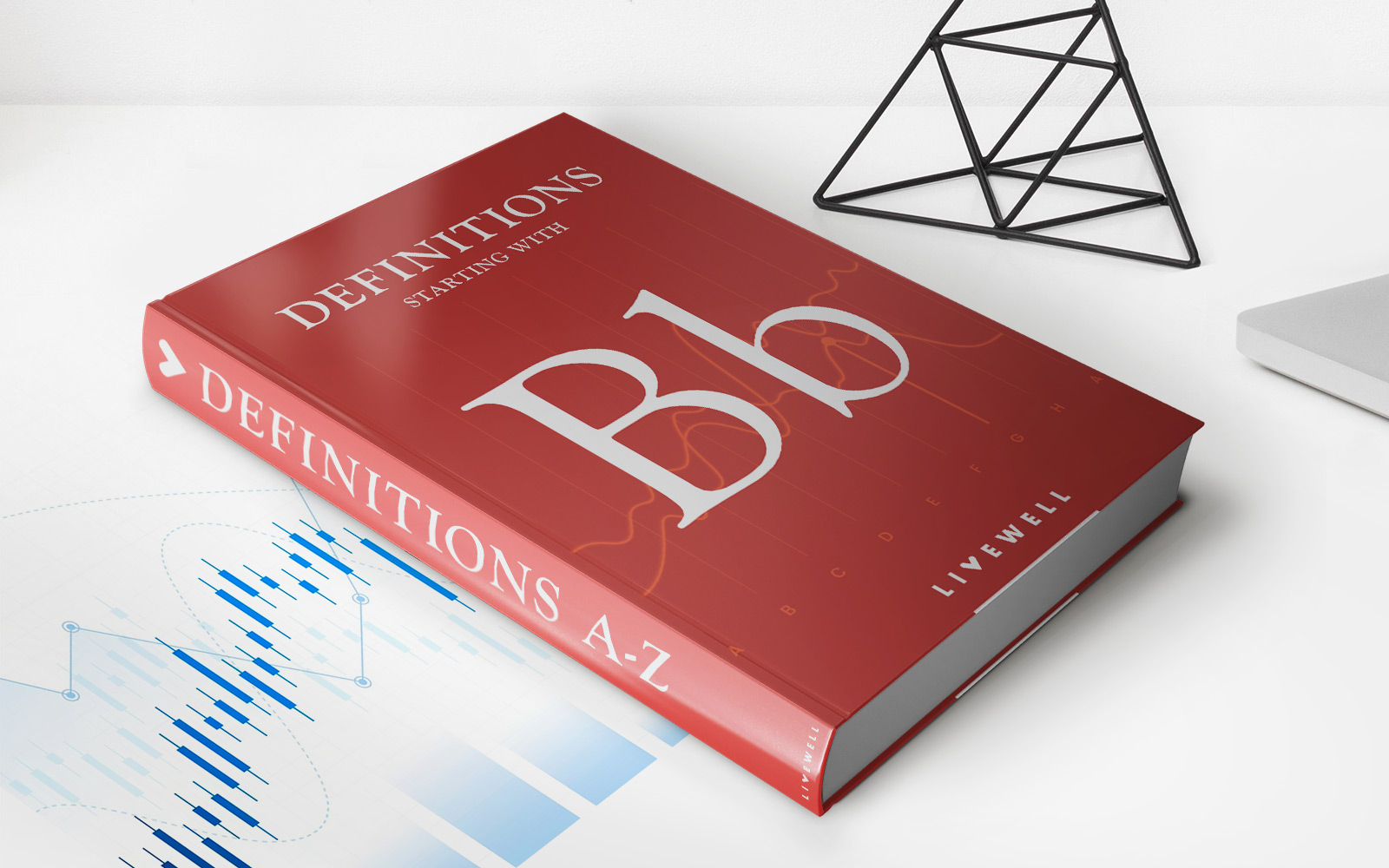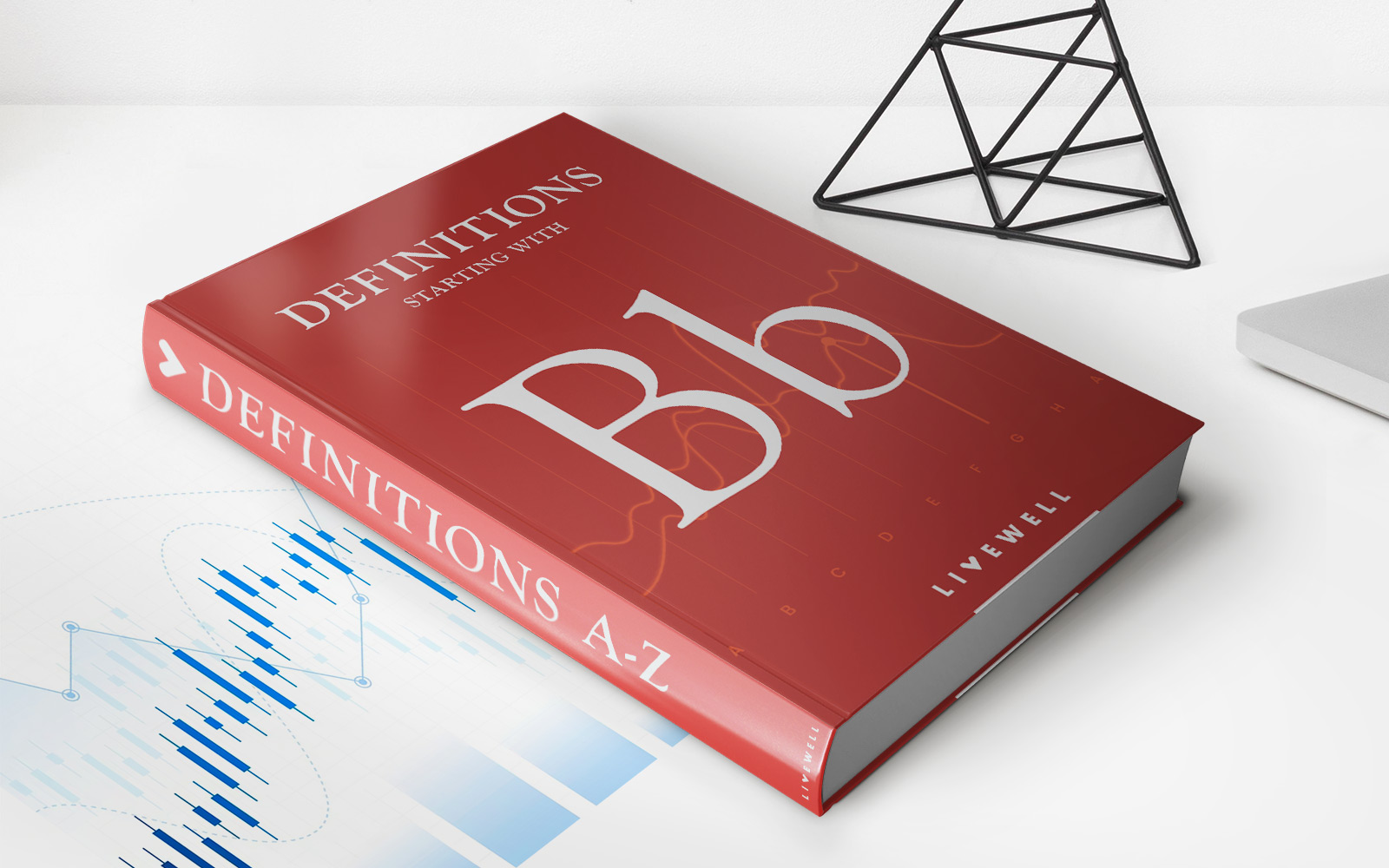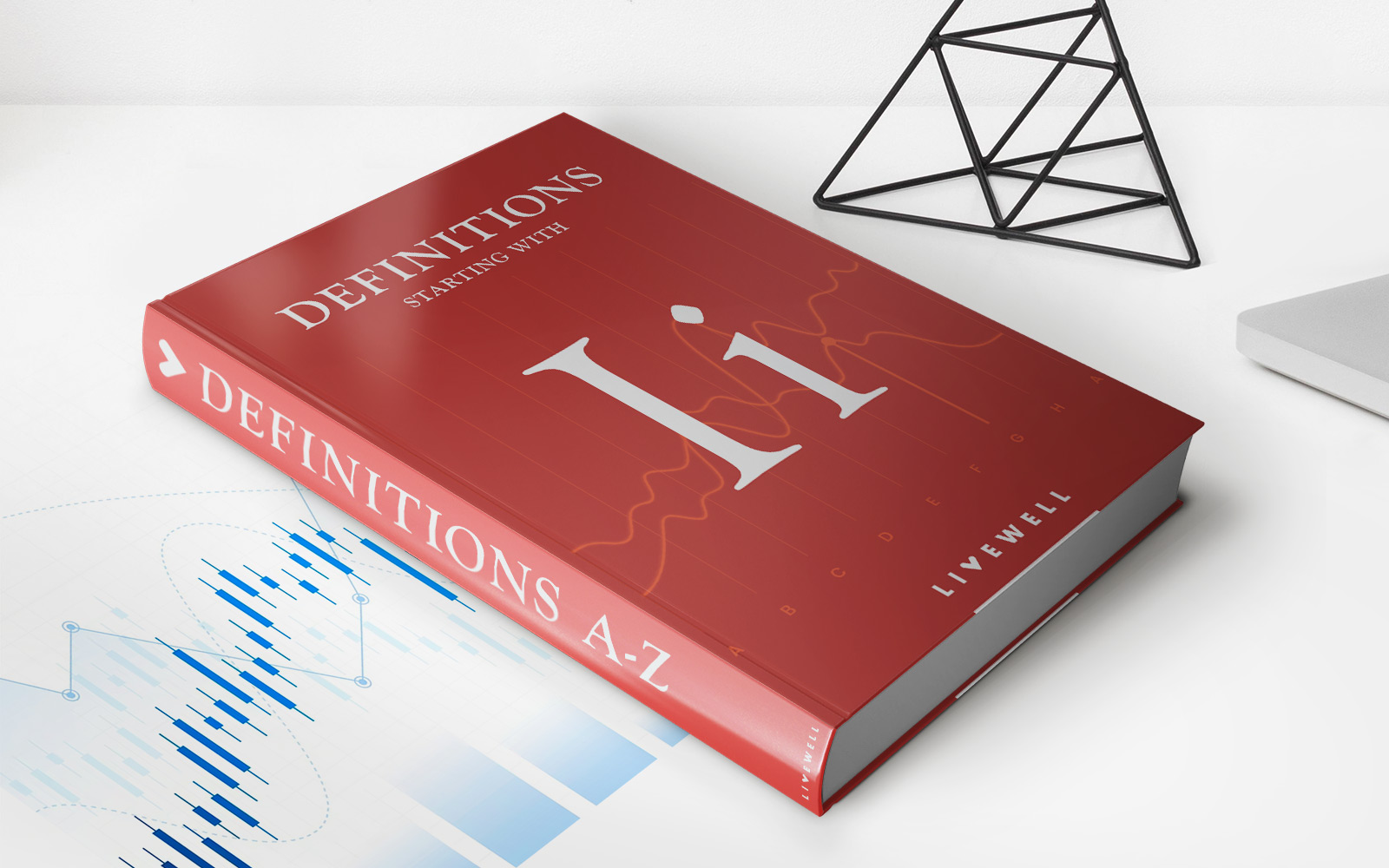

Finance
What Is Buyer Credit
Published: January 9, 2024
Looking for buyer credit? Learn all about finance and how it can help you make important purchases with our comprehensive guide.
(Many of the links in this article redirect to a specific reviewed product. Your purchase of these products through affiliate links helps to generate commission for LiveWell, at no extra cost. Learn more)
Table of Contents
Introduction
Buyer credit is a financial tool that allows individuals or businesses to make purchases by borrowing funds from a lender. It provides the flexibility to finance large expenses, such as buying a car or investing in equipment, without having to pay the full amount upfront. This type of credit is often used in international trade, where it allows importers to obtain goods and services on credit terms.
Buyer credit is advantageous for both buyers and sellers. It enables buyers to make expensive purchases without draining their savings or disrupting their cash flow. Sellers, on the other hand, can increase sales by offering credit options and attracting customers who may not have the immediate funds to complete a purchase.
In this article, we will explore the definition of buyer credit, its benefits, how it works, eligibility criteria, the application process, as well as the risks and considerations associated with it. We will also discuss alternatives to buyer credit that individuals or businesses can consider. By the end, you will have a comprehensive understanding of this financial tool and be able to make informed decisions when it comes to utilizing buyer credit.
Definition of Buyer Credit
Buyer credit refers to a financial arrangement where a lender provides funds to an individual or business to make a purchase. It is a form of credit that allows buyers to defer payment for goods or services, thus providing greater flexibility in managing their financial resources.
Buyer credit can be utilized for a variety of purposes, such as purchasing a car, financing equipment, or acquiring real estate. It is commonly used in international trade, enabling importers to secure goods and services from foreign sellers by borrowing the necessary funds.
The terms and conditions of buyer credit vary depending on the lender and the specific arrangement. It typically involves an agreed-upon interest rate, repayment period, and any additional fees or charges. The repayment terms can range from a few months to several years, depending on the nature of the purchase and the borrower’s financial capacity.
Buyer credit can be provided by various financial institutions, including banks, credit unions, and alternative lenders. The availability and terms of buyer credit may also depend on the buyer’s creditworthiness and financial standing.
It is important to note that buyer credit is distinct from seller credit or vendor financing. While buyer credit involves borrowing funds to make a purchase, seller credit involves the seller extending credit to the buyer directly. In buyer credit, the funds are typically disbursed to the buyer, who then uses them to pay the seller.
Overall, buyer credit provides a valuable financial tool that allows individuals and businesses to make purchases without depleting their immediate cash reserves. It offers flexibility, convenience, and the ability to manage cash flows effectively, making it a popular choice for those looking to finance large expenses or engage in international trade.
Benefits of Buyer Credit
Buyer credit offers several benefits to individuals and businesses, making it an attractive financing option for various purposes. Here are some key advantages of utilizing buyer credit:
- Flexible Financing: Buyer credit allows individuals and businesses to make large purchases and investments without the need for immediate cash. It provides flexibility in managing finances and enables the repayment of the borrowed amount over a specified period, aligning with the buyer’s cash flow.
- Preservation of Cash Reserves: By utilizing buyer credit, buyers can preserve their cash reserves for other important expenses or emergencies. This can help maintain a healthy financial position and provide a safety net for unexpected situations.
- Improved Purchasing Power: Buyer credit enhances purchasing power by providing access to funds that would otherwise be unavailable. It enables buyers to acquire goods and services that may have been out of reach without the option to finance the purchase.
- Opportunity for Growth and Expansion: For businesses, buyer credit can be instrumental in fueling growth and expansion. It allows companies to invest in new equipment, expand their operations, or explore new markets, without placing a significant strain on their cash flow.
- Competitive Advantage: Offering buyer credit as a payment option can give businesses a competitive edge. By providing financing alternatives, businesses can attract more customers and potentially close deals that would have otherwise been lost to competitors.
- Access to International Trade: Buyer credit is commonly used in international trade as it enables importers to secure goods and services from foreign sellers. It facilitates cross-border transactions and eliminates the need for immediate payment, which can be challenging when dealing with different currencies and financial systems.
- Building Credit History: Properly managing buyer credit can help individuals and businesses establish or improve their credit history. Timely repayment of the borrowed funds can positively impact credit scores, making it easier to access credit in the future for other financial endeavors.
It is important to assess individual circumstances and the terms and conditions of specific buyer credit arrangements to determine if the benefits outweigh any potential drawbacks. Buyer credit is a useful tool, but it should be utilized responsibly and within one’s financial means.
How Does Buyer Credit Work?
Buyer credit works by allowing individuals or businesses to borrow funds from a lender to make a purchase. The process typically involves the following steps:
- Identification of the Need: The buyer identifies the need for a particular product or service and decides to utilize buyer credit as a financing option.
- Research and Comparison: The buyer researches different lenders and their offerings to find the most suitable buyer credit option. This includes comparing interest rates, repayment terms, fees, and eligibility criteria.
- Application: Once a preferred lender is identified, the buyer fills out an application for buyer credit. This typically includes providing personal or business financial information, proof of income, and details about the purchase.
- Approval Process: The lender evaluates the buyer’s creditworthiness, financial standing, and the specific purchase to determine if the borrower qualifies for the requested buyer credit. This may involve reviewing credit reports and conducting income verification.
- Credit Decision: Based on the evaluation, the lender makes a credit decision and determines the terms and conditions of the buyer credit arrangement. This includes the approved loan amount, interest rate, repayment period, and any additional fees or charges.
- Funds Disbursement: If the buyer credit application is approved, the lender disburses the funds to the buyer. The buyer can then use the funds to complete the purchase.
- Repayment: The buyer is required to repay the borrowed funds according to the agreed-upon terms. This usually involves making regular payments, including interest and principal, over the designated repayment period.
- Completion of Buyer Credit: Once the buyer has fully repaid the borrowed funds, the buyer credit arrangement is considered complete, and the buyer owns the purchased goods or services outright.
It is essential for buyers to carefully review the terms and conditions of the buyer credit arrangement before signing any agreements. Understanding the repayment obligations, interest rates, potential fees, and consequences of default is crucial to managing buyer credit efficiently.
Furthermore, buyers should assess their financial capabilities and ensure that the monthly payments fit within their budgets. It is prudent to create a repayment plan and consider any potential changes in financial circumstances to avoid defaulting on buyer credit obligations.
By understanding how buyer credit works and being proactive in managing repayment, buyers can effectively utilize this financing option to make necessary purchases while maintaining their financial stability.
Eligibility Criteria for Buyer Credit
The eligibility criteria for buyer credit may vary depending on the lender and the specific buyer credit arrangement. However, there are some common factors that lenders consider when evaluating borrowers for buyer credit. Here are some key eligibility criteria to keep in mind:
- Creditworthiness: Lenders assess the borrower’s creditworthiness by reviewing their credit history and credit score. A favorable credit history, with a track record of timely payments and responsible credit management, increases the chances of being approved for buyer credit.
- Financial Standing: Lenders consider the borrower’s financial standing, including income, assets, and liabilities. A stable and sufficient income, along with a manageable debt-to-income ratio, demonstrates the borrower’s ability to repay the borrowed funds.
- Down Payment: Some lenders may require a down payment as a condition for approving buyer credit. The down payment amount can vary depending on the lender’s policies and the nature of the purchase.
- Purchase Amount: The size of the purchase and the loan amount can influence the eligibility criteria for buyer credit. Lenders may have minimum and maximum loan amounts, and the borrower’s financial capacity should align with the loan amount requested.
- Business Entity: In the case of buyer credit for businesses, the lender may require certain documentation related to the business’s legal structure, financial statements, or business registration. This helps lenders assess the viability and credibility of the business.
- Collateral or Guarantees: Depending on the lender and the borrower’s creditworthiness, collateral or guarantees may be necessary to secure the buyer credit. Collateral can be an asset that the borrower pledges as security, while personal or business guarantees involve third-party individuals or entities providing a commitment to repay in case of default.
It is important to note that meeting the eligibility criteria does not guarantee approval for buyer credit. Each lender has specific lending policies and guidelines that they follow when evaluating loan applications. Factors such as the lender’s risk appetite, prevailing market conditions, and the borrower’s overall financial profile can also influence the credit decision.
Prior to applying for buyer credit, it is advisable to assess the eligibility criteria of multiple lenders and compare their offerings. This can help borrowers find lenders with criteria that align with their financial situation and increase the likelihood of approval.
Understanding and meeting the eligibility criteria is crucial to ensure a smooth and successful buyer credit application process. By being well-prepared and meeting the lender’s requirements, borrowers can increase their chances of obtaining the desired borrower credit and financing their purchases effectively.
Application Process for Buyer Credit
The application process for buyer credit may vary depending on the lender and the specific buyer credit arrangement. However, there are some common steps involved in applying for buyer credit. Here is a general outline of the application process:
- Research and Comparison: Before applying for buyer credit, it is important to research and compare different lenders to find the most suitable option. Consider factors such as interest rates, repayment terms, fees, and eligibility criteria.
- Gather the Required Documentation: Prepare the necessary documents that lenders typically require for borrower credit applications. These may include personal or business financial statements, proof of income, identification documents, and purchase details.
- Complete the Application: Fill out the buyer credit application form provided by the lender. Provide accurate and complete information, ensuring that all sections of the application are properly filled out.
- Submit the Application: Submit the completed application along with the required documentation to the lender. This can typically be done through an online application portal, by mail, or in person at a physical branch.
- Credit Evaluation: Once the application is submitted, the lender will evaluate the borrower’s creditworthiness and financial standing. This may involve reviewing credit reports, verifying income, and assessing the borrower’s ability to repay the borrowed funds.
- Loan Approval: If the lender determines that the borrower meets the criteria for buyer credit, they will send an approval notification. This notification will outline the approved loan amount, interest rate, repayment terms, and any additional fees or charges.
- Loan Acceptance: After receiving the loan approval, the borrower needs to carefully review the terms and conditions of the buyer credit arrangement. If satisfied with the terms, the borrower must accept the loan and confirm their intention to proceed with the financing.
- Funds Disbursement: Once the loan acceptance is confirmed, the lender will disburse the approved funds to the borrower. The borrower can then utilize the funds to complete the purchase.
- Repayment: The borrower is responsible for making regular repayments according to the agreed-upon terms. This typically involves monthly payments that include both principal and interest. It is important to make the payments on time to avoid any penalties or additional charges.
Throughout the application process, it is advisable to maintain open communication with the lender. If any additional information or documentation is required, promptly provide it to ensure a smooth and efficient application process.
It is also important to read and understand all the terms and conditions of the buyer credit agreement before signing any documents. If there are any uncertainties or concerns, seek clarification from the lender to ensure a clear understanding of the responsibilities and obligations as a borrower.
By following these steps and being prepared with the required documentation, borrowers can navigate the application process for buyer credit smoothly and increase their chances of obtaining the desired financing for their purchases.
Risks and Considerations of Buyer Credit
While buyer credit offers several benefits, it is important to be aware of the potential risks and considerations involved. Here are some key points to consider:
- Interest Rates: Buyer credit often comes with interest charges, which can add to the overall cost of the purchase. It is essential to carefully review the interest rate being offered and assess its impact on the total repayment amount.
- Repayment Obligations: Borrowers must consider their ability to meet the repayment obligations associated with buyer credit. Failing to make timely payments can result in additional fees, penalties, and negatively impact credit scores.
- Hidden Fees and Charges: Some buyer credit arrangements may include hidden fees or charges that borrowers may not be aware of initially. It is crucial to thoroughly read and understand the terms and conditions, including any potential additional costs.
- Impact on Cash Flow: When utilizing buyer credit, borrowers need to consider the impact on their cash flow. Monthly payments can affect the available funds for other expenses or investments, so it is important to ensure that the repayment schedule aligns with financial capabilities.
- Debt Accumulation: Taking on buyer credit adds to overall debt levels. Borrowers should carefully assess their debt obligations and avoid excessive borrowing that could strain their financial situation or ability to obtain future credit.
- Collateral or Guarantees: In some cases, lenders may require collateral or guarantees to secure buyer credit. Borrowers should be aware of the potential risk of losing pledged assets or involving third-party individuals or entities in the borrowing process.
- Credit Impact: Defaulting or late payments on buyer credit can significantly impact credit scores and potentially hinder future credit opportunities. Borrowers should ensure they have a repayment plan in place and consider the potential consequences of defaulting on buyer credit obligations.
- Market Volatility: In certain situations, market volatility can affect the value of the purchased goods or services. This can pose a risk if the borrower needs to sell the asset or if the loan amount exceeds its current value. It is important to consider market conditions and potential fluctuations when utilizing buyer credit for purchases.
Before opting for buyer credit, it is crucial to carefully evaluate personal or business financial circumstances and assess the associated risks. A thorough understanding of the terms and conditions, repayment obligations, and potential costs will help borrowers make informed decisions regarding their financing options.
Furthermore, borrowers should compare different lenders, review multiple buyer credit offers, and consider alternative financing options to ensure they select the most suitable arrangement with favorable terms and conditions.
By considering these risks and taking proactive measures, borrowers can effectively manage buyer credit and leverage it as a useful financial tool while minimizing potential drawbacks.
Alternatives to Buyer Credit
While buyer credit can be a useful financing option, there are alternative methods available for individuals and businesses to consider. These alternatives provide different approaches to acquiring the necessary funds for purchases without relying solely on buyer credit. Here are some common alternatives:
- Saving and Cash Payment: Instead of relying on credit, individuals can save up funds over time to make purchases outright. By setting aside a portion of their income regularly, individuals can accumulate the necessary funds and avoid the interest and repayment obligations associated with credit.
- Personal Loans: Personal loans are a common alternative to buyer credit. They allow individuals to borrow a specific amount from a lender, typically with fixed interest rates and repayment terms. Personal loans can be used for a variety of purposes, including making purchases, consolidating existing debt, or covering unexpected expenses.
- Vendor Financing: Some sellers or vendors offer financing options directly to the buyers. Vendor financing often involves agreed-upon payment terms, where the buyer makes installment payments to the seller over a specified period. This allows buyers to make purchases without involving external lenders or incurring interest charges.
- Credit Cards: Credit cards can provide a convenient way to finance purchases. They allow individuals to make immediate payments while deferring the repayment to a later date. However, it is important to be cautious with credit card usage due to potentially high interest rates and the risk of accumulating excessive debt.
- Crowdfunding: For entrepreneurial ventures or creative projects, crowdfunding platforms can be a viable option. By presenting their project or business idea to a wide audience, individuals can raise funds from multiple contributors who believe in the concept. Crowdfunding can provide not only financial support but also valuable market validation and feedback.
- Family or Friends: Borrowing from family or friends can be an alternative to formal lender financing. However, it is essential to approach such arrangements with caution and maintain clear communication regarding repayment terms to avoid straining personal relationships.
- Asset-Based Financing: Businesses can explore asset-based financing options, such as equipment financing or invoice factoring. These methods involve using specific assets or accounts receivable as collateral to secure funding for purchases or working capital needs.
It is crucial to carefully evaluate the terms, interest rates, repayment conditions, and potential risks associated with each alternative financing method. Consider personal or business financial situations, objectives, and long-term sustainability when determining the most suitable option.
Furthermore, a combination of these alternatives can sometimes provide the best solution. For instance, saving up a portion of the purchase amount and utilizing a personal loan to cover the remaining balance.
By exploring these alternatives and assessing their suitability, individuals and businesses can make informed decisions about their financing needs and choose the option that best aligns with their financial goals and circumstances.
Conclusion
Buyer credit provides individuals and businesses with a valuable financial tool to make significant purchases without draining their immediate cash reserves. It offers flexibility, convenience, and increased purchasing power, making it an attractive option for those looking to finance large expenses or engage in international trade. However, it is important to consider the risks and implications associated with buyer credit before entering into any agreements.
Throughout this article, we have explored the definition of buyer credit, its benefits, how it works, eligibility criteria, the application process, risks, and considerations. We have also discussed alternative financing options that individuals and businesses can consider. By understanding these aspects, individuals and businesses can make informed decisions and choose the financing method that best suits their needs.
Before opting for buyer credit or any alternative financing method, it is advisable to carefully assess personal or business financial capabilities, evaluate repayment obligations, and consider the potential impact on cash flow. It is also essential to review the terms and conditions, including interest rates, fees, and potential hidden costs, to ensure a clear understanding of the financial commitment.
Lastly, maintaining a responsible approach to managing buyer credit is crucial. Regularly monitoring repayment schedules, making timely payments, and avoiding excessive borrowing are key to successfully utilizing buyer credit and preserving strong financial standing.
While buyer credit can provide the means to acquire desired goods or invest in a business, it is essential to consider the long-term financial implications and make informed decisions based on individual circumstances. By doing so, individuals and businesses can leverage buyer credit effectively and achieve their financial goals while maintaining financial stability.


